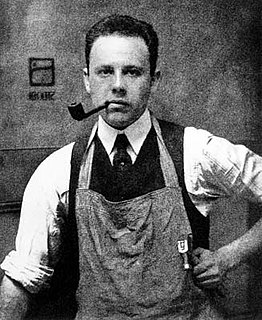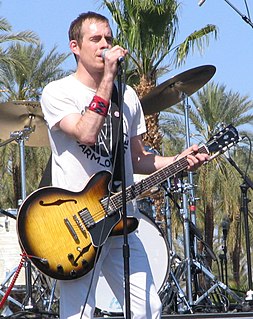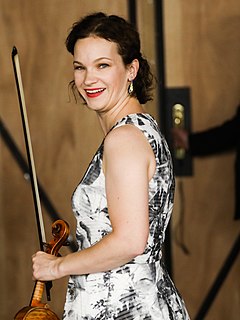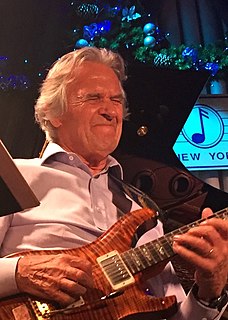A Quote by Francesco Clemente
That moment when the person actually dictates the way I do the portrait is when the intimacy arrives.
Related Quotes
The portrait of a person is one of the most difficult things to do. It means you must almost bring the presence of that person photographed to other people in such a way that they don't have to know that person personally, but that they are still confronted with a human being that they won't forget. That's a portrait.
Marriage is a way to avoid intimacy. It is a trick to create a formal relationship. Intimacy is informal. If a marriage arises out of intimacy it is beautiful but if you are hoping that intimacy will arise out of marriage, you are hoping in vain. Of course, I know that many people, millions of people, have settled for marriage rather than for intimacy - because intimacy is growth and it is painful.
It's almost weirder sometimes when you don't have a full life experience with someone's ups and downs, knowing what they've been through. Sometimes a loss that just comes out of left field rings in a very weird way when you have actually sort of relied on this small moment with this or that person, as a moment that actually has defined something for you in your life.
The inspired moment may sometimes be described as a kind of hallucinatory state of mind: one half of the personality emotes and dictates while the other half listens and notates. The half that listens has better look the other way, had better simulate a half attention only, for the half that dictates is easily disgruntled and avenges itself for too close inspection by fading entirely away.







































